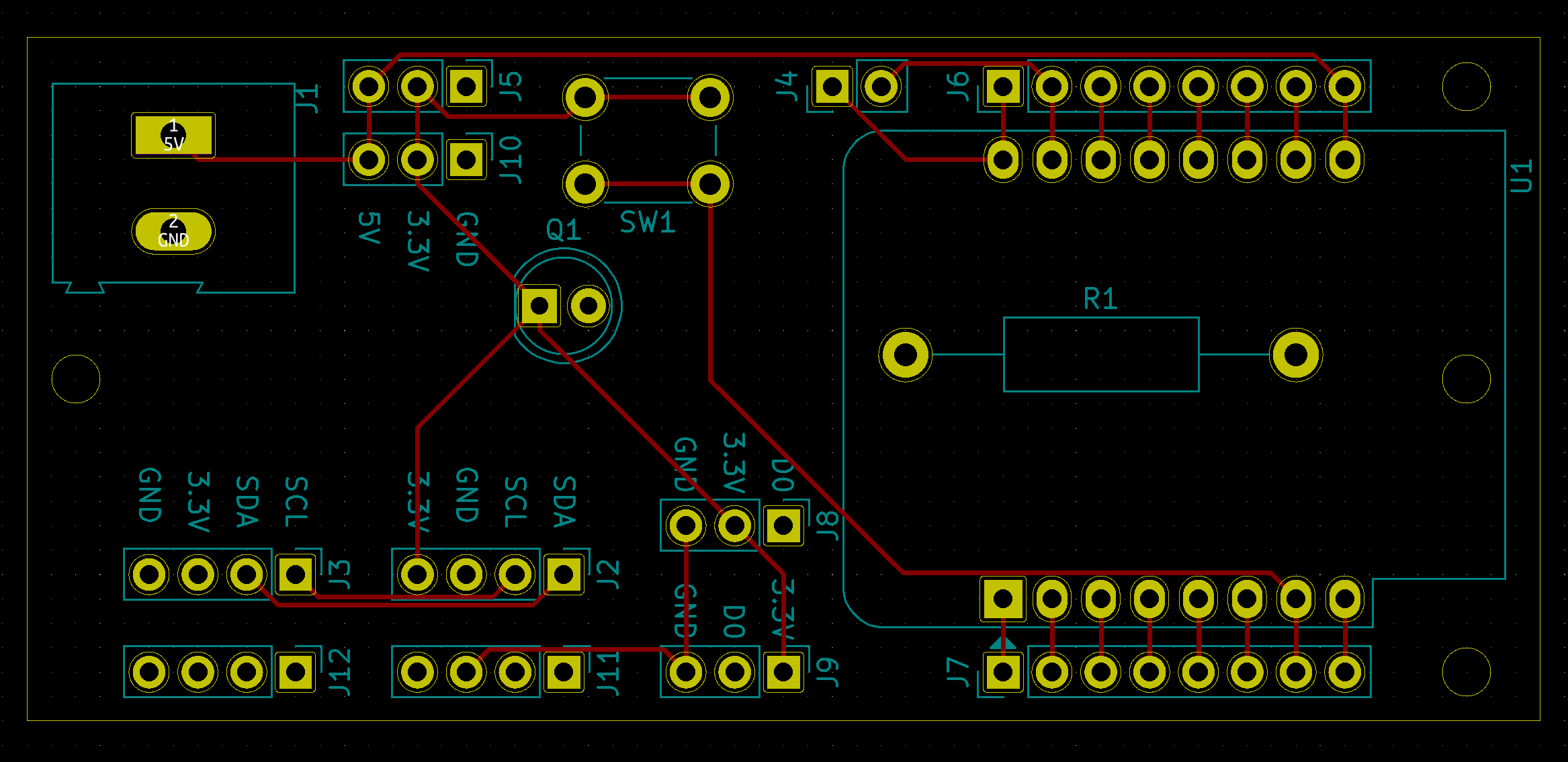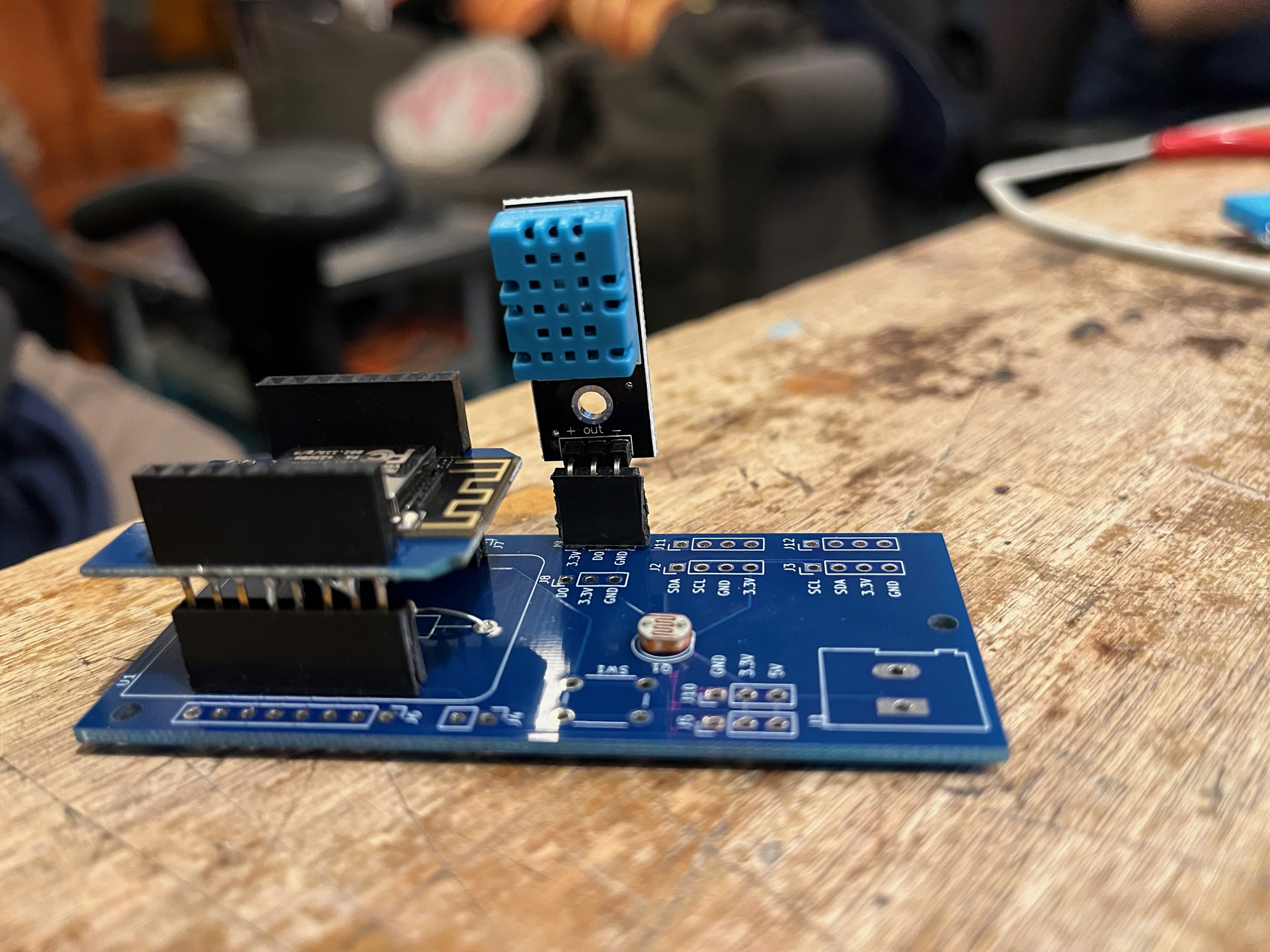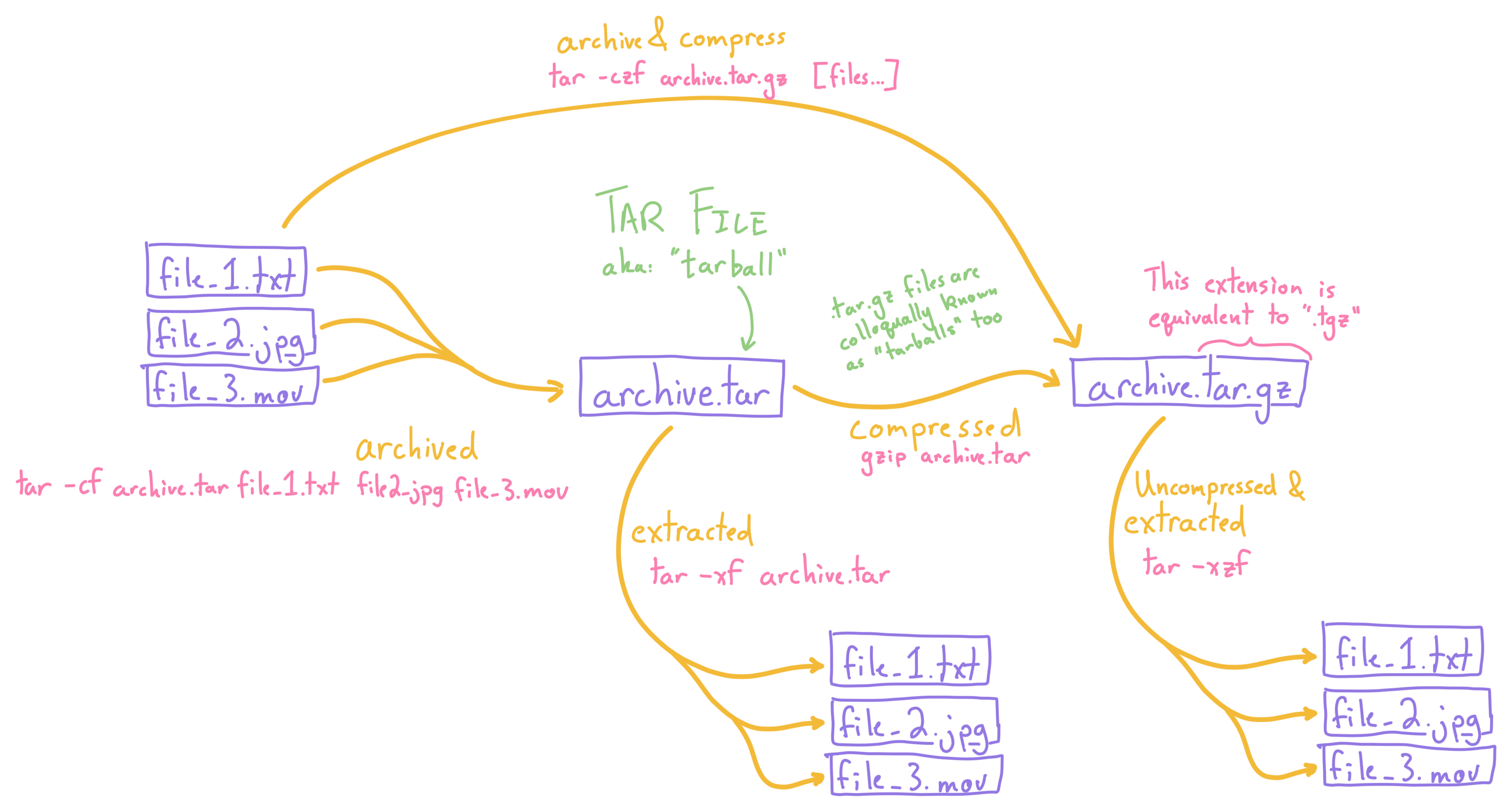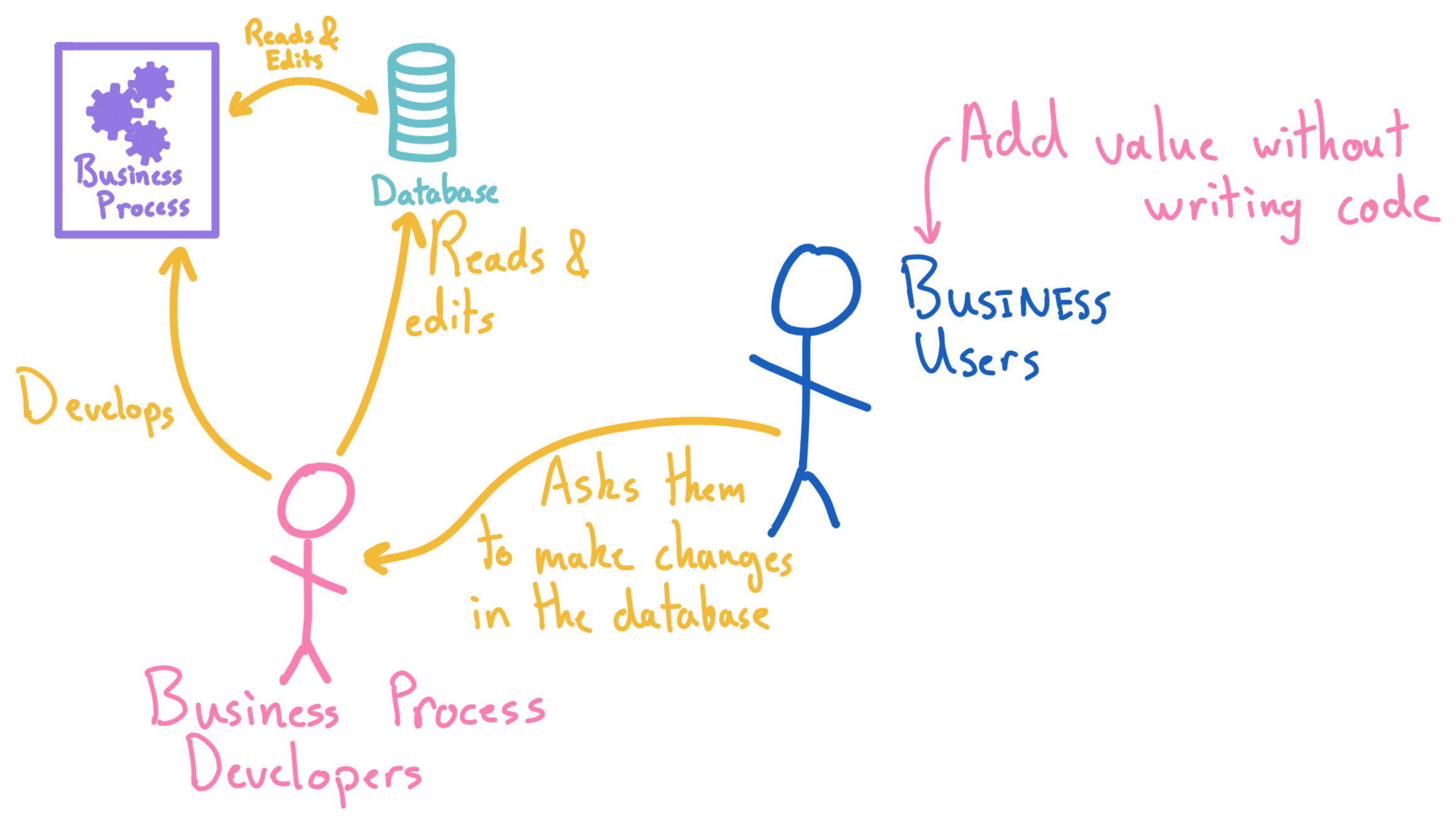Things that should be simple.
There’s no escape key on my iPad keyboard!!
CMD + . acts very similarly to the escape key on iOS, you can use it to close out of many menus.
If you are using vim through SSH (via Blink, Termius) or vi (on iSH) the command CMD + [ serves the same purpose as the escape key.
Automatically convert and upload workouts from Apple Watch
HealthFit ($3.99) generates nice visualizations and statistics from your workouts. Its automatic synchronization feature is also very slick and can liberate your Apple Watch GPS tracks from the default Fitness app by converting them to the standard .gpx format (.fit is also supported, or both can be exported at once) to a folder in iCloud.
Real world example:
I rely on this workflow for geotagging photos from my DSLR. When I’m out and about I start an “outdoor walk” in the Workout app on my watch, shoot to my heart’s content, and end the workout when I’m done. HealthFit automatically detects the finished workout, converts the GPS track to a .gpx file, and uploads it to iCloud. When I sit down at my Mac to edit photos I can easily import the .gpx file in to Lightroom which matches the photo’s timestamp to the proper location in the .gpx file.
If I just want to glance at a .gpx track I recommend GPXSee.
I have GPX tracks from multiple different applications and I want to standardize the file names
Use the venerable exiftool.
How do I put a DRM-free audio book that I purchased somewhere else in to Apple Books on my iPhone?
Apple Books doesn’t sync custom audio books even if you have Apple Drive enabled.
Solution: AirDrop’ing .mp3s doesn’t work, they go straight in to Music. The share menu on .mp3 or .m4b files in Files doesn’t provide an option to copy add to Books like what happens with .pdf and .epub.
The only option I’ve found is to transfer .m4b files with Waltr2. From here you can use your Apple Watch as an audio book remote BUT you still can’t transfer the book to the watch this way.
There’s a discussion on the MacRumors forum describing a couple different apps you can use to play audiobook files on your Apple Watch including the popular Castro podcast app as well as iCatcher, and MixTape Audio Sync. I can’t speak about any of them, my solution was to import the book in to Apple Music, right click on the album, navigate to the options tab, and select Remember playback position.
I want DRM free audio book files like those I can purchase from Downpour.com but jeez, this process is miserable.
Git on iOS
Working Copy by Anders Borum is your first and last app for working with the contents of Git repositories. There is an official app for GitHub called Github Mobile which allows viewing code in repositories and managing GitHub issues and pull requests but lacks any sort of editing functionality. GitHub Mobile has eclipsed GitHawk, an older, third-party GitHub management app.











